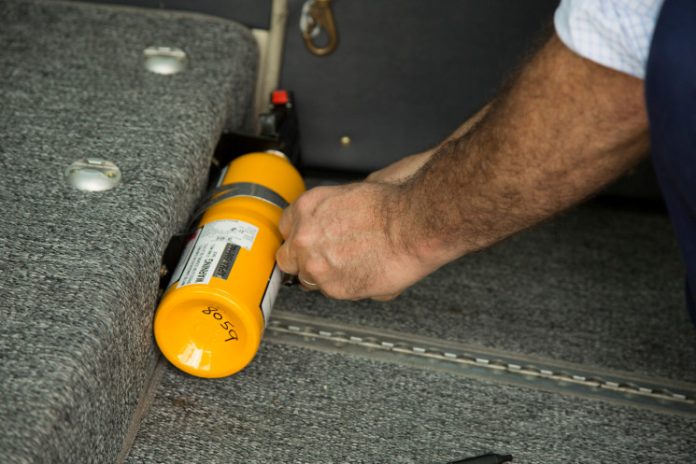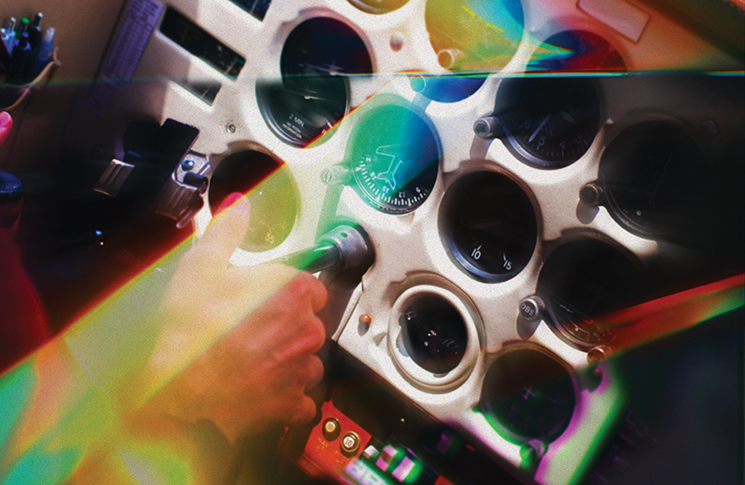Recent surveillance activity shows many pilots are unaware of the rules around carrying cargo and baggage.
Poorly secured items pose a risk to safety. Loose baggage or cargo can become projectiles or interfere with controls during turbulence. If they shift during flight, they can also impact on the weight and balance of your aircraft.
It’s not just the extra items brought onto your aircraft either. Many aircraft were found to have incorrectly secured first aid kits, survival equipment, fire extinguishers and toolkits.
So, here’s a reminder of what you must, and what you should, do.
Cargo
Cargo must be restrained using approved equipment or securely stowed in a place designed and approved for that purpose. There are exceptions, such carrying assistance animals in the cabin and carry-on baggage.
Cargo must not be carried:
• where it could damage, obstruct or cause the failure of any equipment essential to the safe operation of the aircraft
• where it is heavier than the load limitations for the floor structure or any other load-bearing components
• where it obstructs an aisle (except for the temporary access of passenger service or galley equipment)
• where it obstructs or restricts an emergency exit – unless CASA has given approval.
Carry-on
Carry-on baggage must be securely stowed when taking off, landing, or when you, the pilot, directs.It must be stowed in a place designed and approved for that purpose or otherwise securely restrained.
You must not stow baggage:
• in toilets or against bulkheads
• in a way that prevents overhead lockers from being latched
• where it impedes access to emergency equipment.
You should stow luggage:
• in a location in the cabin capable of restraining it
• with a restraint bar if it is under a seat.
Before take-off, landing or in turbulence, you should check that the baggage won’t:
• cause injury if it falls
• impede an emergency evacuation.
Add checking the safe stowage and restraint of your cargo and luggage to your pre-flight safety check.
Find more resources on flight planning in the pilot safety hub.
Further reading:
Plain English Guide – general operating and flight rules





